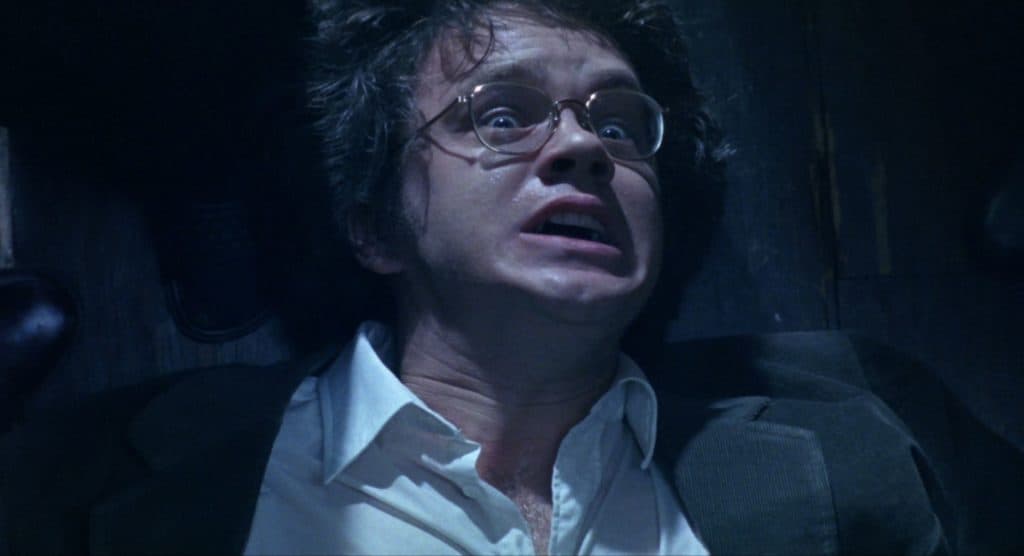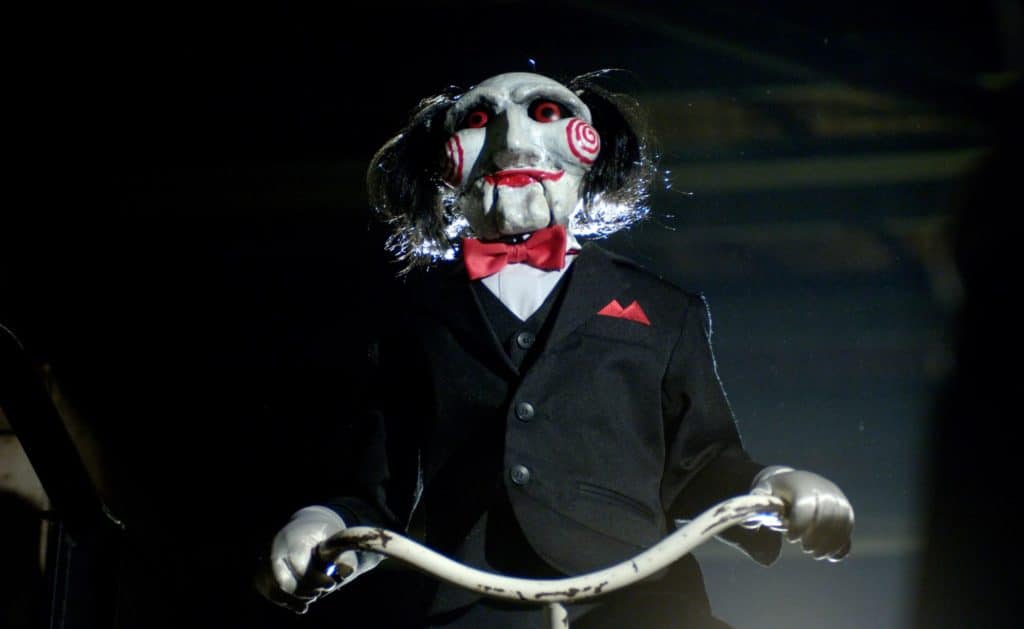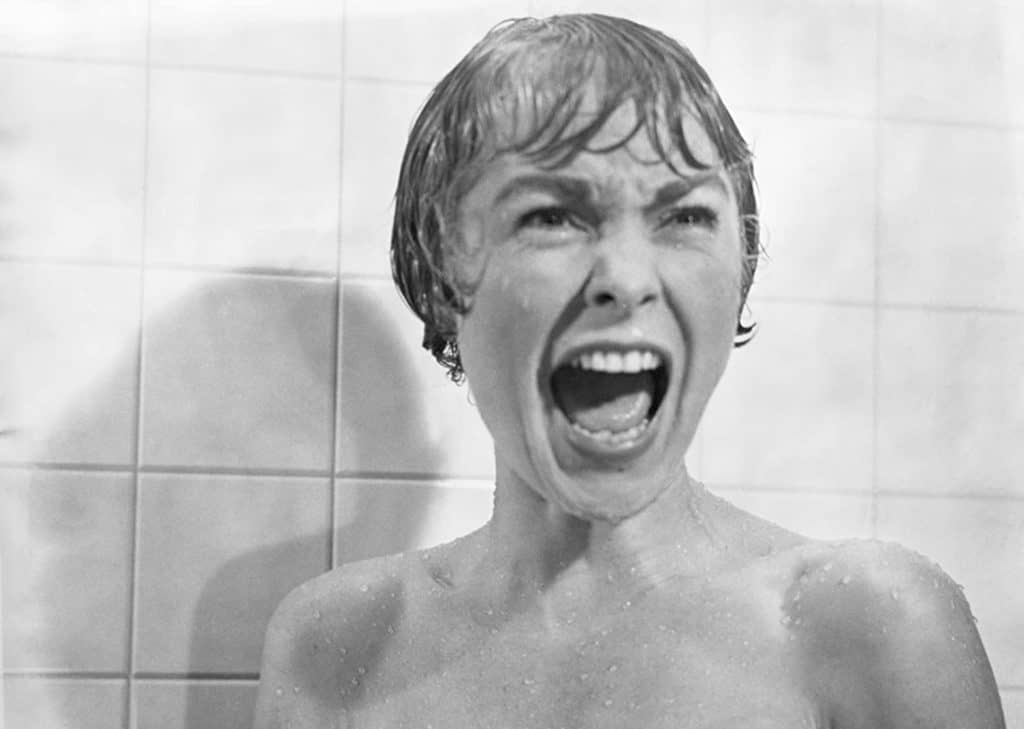
The “Psycho” in Psychological Horror Movies
What makes a “psycho” in a psychological horror film so memorable? We find psychotic characters so fascinating. Interestingly, a sociopath is groomed to be difficult and manipulative. Psychopaths are born.
What seems like an innocent summer getaway to a village of the sun, flowers, and festivities, in director, Ari Aster’s disturbing Midsommar (2019) is anything but innocent. Audiences meet Pelle, the gardener at Hårga. He is about as psycho as a psycho gets! Pelle’s parents burn to death in a mysterious fire. He kills to get a woman to remain at Hårga. Is it safe to say Pelle was born a psycho? His behavior certainly says so.
All a psychopath wants is to be loved. Did Pelle want love? Who knows. However, when there isn’t enough love, the tendency is to kill. Dr. Nadja Heym, director of Psychology at Nottingham Trent University, writes, in her article, There’s a Bit of a Psychopath in all of Us, “psychopathy is a spectrum, and we all fall somewhere on that spectrum.”
The spectrum of psychopathy, aka the Hare Psychopathy Checklist, includes 20 dangerous behaviors. Including superficial charm, narcissism, pathological lying, and manipulation.
Score 30 to the maximum of 40, and you’re considered clinically psychotic. Serial killer Ted Bundy scored 39!”

See No Evil
Psychological horror films fall on a spectrum as well. Not only can they show non-violent subliminal horror, with little to no mess and gore, but also they can be shocking, bloody, and horrific.
Take Grace Stewart, for example. The loving mother from the gothic psychological horror film The Others (2001). Throughout the film, Grace is slowly driven mad. Haunted by loneliness, and an unseen presence in her house. Unable to control her impulses, she kills her children.
The unseen “horror” in The Others is clever filmmaking. The cold vacant spaces, and random movements of everyday objects.
Even more terrifying is when the horror is confined. Deeper in the mind. Director Adrian Lyne explores the blur between what is real, and what is not, in the compelling Jacob’s Ladder (1990). The film’s focus; the story of a soldier, named Jacob Singer, haunted by personal trauma, after returning from the Vietnam war.
Then, there is pure evil. Like, the dreadful John Kramer, aka Jigsaw from the film SAW (2004). John takes pleasure watching his victims force themselves to solve cryptic riddles and puzzles. While unlocking metal death traps attached to a timer. It is next to impossible to escape without hideously disfiguring results.
Grace, the yearning mother. Jacob coping with a fractured life. Jigsaw the angry suicide survivor. Very different psychological horror characters expose their weaknesses and broken mental state of mind. They’re troubled emotionally, and focus solely on the wicked thoughts controlling their minds.”

Psychological Horror Films Provoke
SAW uses anxiety like a weapon. Designed to provoke our flight-or-fight responses. Audiences witness the calculated violence from Jigsaw’s lifelong trauma. Furthermore, his madness makes the audience feel fearful of the consequences of taking life for granted.
Innocent Grace Stewart goes stark-raving mad. Jacob Singer is faced with confronting the logic of mortality. Jigsaw is downright vengeful. Three characters, plagued by madness. One unspoken, one distrustful, and one unrestrained. All with very deadly consequences.
Psychological horror has one goal: to reveal the antagonist’s psychopathy. A character’s lack of compassion and insensitivity to reality show how their behaviors inflict deadly results. Or, worse, look at Kevin Wendell Crumb from Split (2016). A troubled man with 23 distinct and deadly personalities.
The Nuances in Psychological Horror
A great psychological horror film relies on two factors. An unusually cruel human, and a tricky storyline! Psychos can be quiet and reserved characters or ticking timebombs with evil intentions. Either way, psychos are compelling to watch.
For example, take Alex Forrest, the sensible career woman. Her demanding “I will not be ignored Dan” threat in Fatal Attraction (1987). A single line of dialogue hints at all the mania to come. How she slowly becomes obsessed. Showing a fondness for boiling pet rabbits.
Who can forget Rose Armitage? Sitting on the bed. The drinking milk, and “nibbling on Fruit Loops” scene in Get Out (2017). Rose is one of the creepiest unstable humans ever filmed.
One very famous psychological horror film character is shy motel manager Norman Bates. From director Alfred Hitchcock’s Psycho (1960). Norman is a man trapped in his boyhood. He loves taxidermy and peepholes. Unloved by his mother; he is raised to despise women.

Rationalizing Psychological Horror
Along comes a hopeless woman named Marion Crane. A thief on the run. At about the midway point, exhausted and hungry, Marion exits the highway. She sees a motel. Checking in under a fake name, she meets quiet, sweet-faced Norman.
The most famous scene in Psycho reveals where Norman lands on the spectrum of psychopathy.
Invited into the motel’s parlor, Norman serves Marion a tray of food. As they begin to talk, Marion asks about an argument she overhears coming from the house while unpacking. Norman becomes quiet. He tells Marion she heard his mother, and that it was nothing. Marion suggests Norman’s mother sounded old and sick. So, she suggests, “Wouldn’t it be better if you put her in… someplace…”
Insulted, Norman, replies, “It’s not like my mother is a maniac or a raving thing. She just goes a little mad sometimes. We all go a little mad sometimes. Haven’t you?”
Marion responds, “Yes. Sometimes just one time can be enough.”
Marion should have driven home. Given back the stolen money. Instead, she ends up taking a very famous shower.
The Perfect Psychological Horror Scene
Overnight, a film ahead of its time, and a powerful scene between two broken characters, changed the genre of psychological horror forever. Psycho represents the frailty of Norman’s psychosis. Not surprisingly, it sets the stage for murder.
So, what exactly is a psycho? A selfish maniac? A troubled soul? Either way, we tend to feel sorry for them. We jump at the scares and cringe at the kills. However, in defense of the killer, we wonder, “They seemed so normal. How could they…?”
Have you ever come upon a wounded animal? Feelings of both sadness, and guilt come at you all at once. Do you do nothing? Do you walk away? What do you think at that moment? Do you defend your actions? Is it the right choice to relieve the animal’s pain? Apologize to yourself; then to the animal. And, then do you wonder, “This isn’t me. How could I?”
It is natural to feel guilt and regret when we hurt someone. If you don’t or can’t, then you might be psycho!
